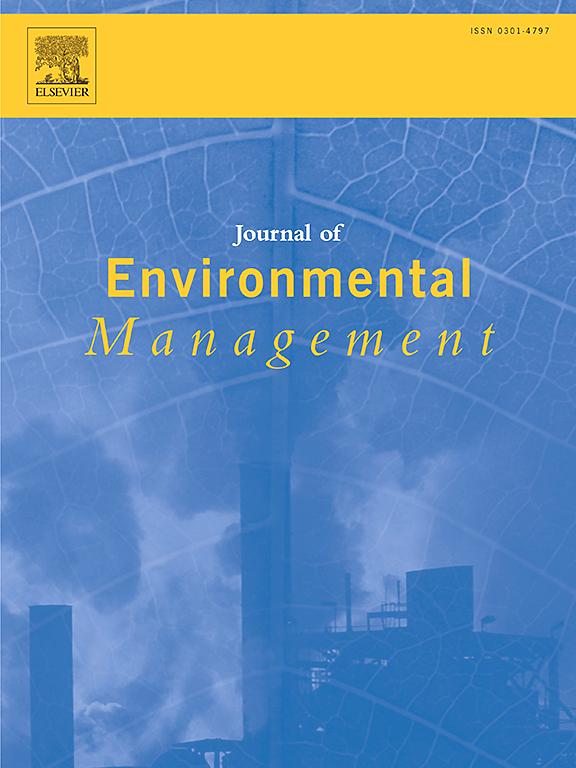Spatial variability of lacustrine groundwater discharge and pollutant fluxes in the sandy-land lake group basins: Influence from land use types
IF 8
2区 环境科学与生态学
Q1 ENVIRONMENTAL SCIENCES
引用次数: 0
Abstract
Deciphering lacustrine groundwater discharge (LGD) processes and pollutant fluxes in sandy-land lake basins remain difficult due to the complex hydrogeological conditions and land use types. In this study, the spatial variability of LGD in a sandy-land lake group (Bahannao Lake Group Basin) was quantitatively estimated using the radon (222Rn) mass balance model. The 5 lakes in the study area, with their various land use and hydrogeological conditions, were categorized into 3 ranges based on LGD rates: <20.0 mm/d (Shenhaizi Lake: 10.81 mm/d), 20.0–35.0 mm/d (Wulannao Lake: 27.21 mm/d, Bahannao Lake: 30.21 mm/d) and >35.0 mm/d (Guangmingnao Lake: 36.78 mm/d, Manaihu Lake: 43.58 mm/d). From an entropy weighted quality index and hydrochemical analysis, NO3−, TN, TDS, Cl− and Na+ from evaporite dissolution and human inputs were the dominant pollutants in the study area. On this basis, the patterns of pollutant fluxes were consistent with LGD rates in the 5 lakes. It was found that the spatial variability of LGD processes in sandy-land lake group basins was controlled mainly by evaporation loss, land use patterns, and industrial and agricultural activities. This study provides new insights into the spatial variability of LGD for global sandy-land lakes in a changing environment.

求助全文
约1分钟内获得全文
求助全文
来源期刊

Journal of Environmental Management
环境科学-环境科学
CiteScore
13.70
自引率
5.70%
发文量
2477
审稿时长
84 days
期刊介绍:
The Journal of Environmental Management is a journal for the publication of peer reviewed, original research for all aspects of management and the managed use of the environment, both natural and man-made.Critical review articles are also welcome; submission of these is strongly encouraged.
 求助内容:
求助内容: 应助结果提醒方式:
应助结果提醒方式:


